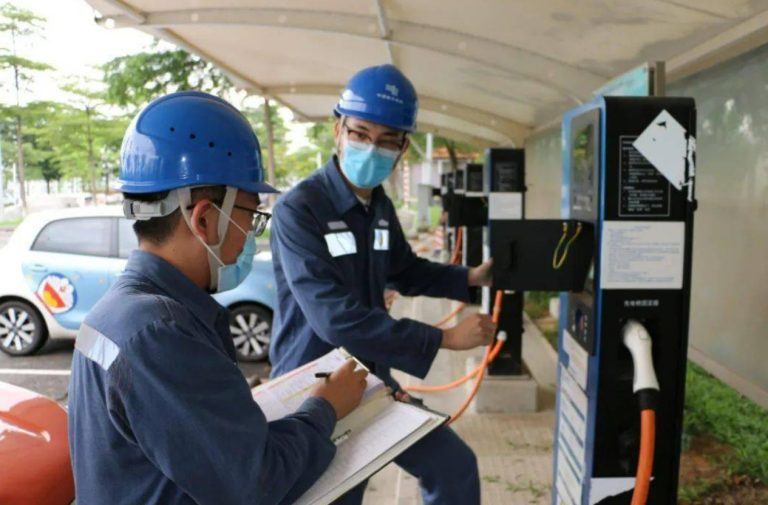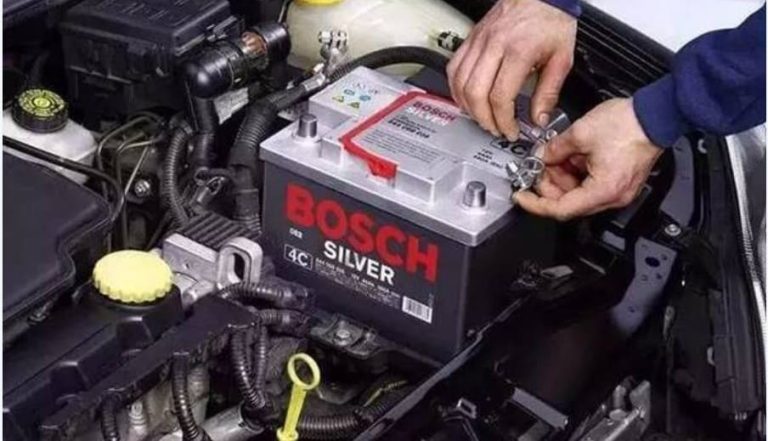How to hook up a car battery charger?

How to Hook Up a Car Battery Charger?
In order to prevent electrical shorts, battery damage, or personal injury, you must properly connect the positive and negative clamps of an automobile battery charger to the corresponding battery terminals, set up the proper charging parameters, and adhere to a strict procedure. Even though the procedure is simple, every step needs to be carefully considered, particularly with regard to safety measures and battery and charger compatibility. A thorough guide that covers every step of the procedure, from planning to finishing, can be found below.
Preparation: Safety and Equipment Check
Prioritize preparation and safety before handling any parts. The first step is to park the car on a level, stable surface in an area with good ventilation, away from any potential sources of ignition, such as sparks or open flames. Turn off all electrical accessories, including the lights, radio, and climate control, and apply the parking brake. By doing this, the possibility of unplanned electrical surges or short circuits during the connection process is reduced.
Next, collect the required tools: a wire brush for corrosion removal, safety goggles, insulated gloves, and a battery charger that meets your car’s battery specifications (12V for passenger cars). Examine the battery for any obvious damage, such as cracks, leaks, or bulging, as these could be signs of internal failure and call for a professional replacement instead of charging. To improve conductivity and lower the possibility of bad connections, use the wire brush to gently clean the terminals of a battery that is still intact but has corrosion on them. Modern sealed batteries rarely require this, but for added safety, keep a baking soda solution (one tablespoon of baking soda per cup of water) close by to neutralize any acid spills.
Identifying Terminals and Charger Components
To prevent harmful errors, it is essential to accurately identify the battery terminals and charger components. Find the battery, which is often located beneath the hood but can also be found in the trunk or beneath a seat in some cars. The plus symbol (+) designates the positive terminal, which is usually attached to a red cable or protected by a red cap. The negative terminal is typically black and denoted by the minus sign (-). To guarantee a strong connection, use the wire brush to clean any corroded or dirty terminals.
Check the battery charger now. The majority of chargers come with two output cables: a black clamp for the negative terminal and a red clamp for the positive terminal. To learn about the extra features that some advanced chargers may offer, such as diagnostic indicators, charge rate adjustments, or voltage selection, refer to the manufacturer’s handbook. To reduce the possibility of unintentional sparks or electrical shock, make sure the charger is unplugged from the wall outlet during the connection phase.
Step-by-Step Connection Process
Start the connection procedure after everything is ready. Before turning the charger on, make sure it is plugged into a grounded wall outlet. By doing this, you can make sure the charger is operating without giving the clamps any power. Next, connect the positive battery terminal to the red positive clamp. A loose connection may result in arcing or ineffective charging, so make sure the clamp is firmly fastened to the terminal. Use a different attachment point on the terminal or adjust the clamp if it does not fit snugly.
Attach the black negative clamp to the negative battery terminal after fastening the positive clamp. Attaching the negative clamp to an unpainted metal surface on the vehicle’s frame or engine block may be safer in certain situations, particularly if the battery is severely corroded or situated in a small area. This technique, called grounding, lessens the possibility of sparks igniting hydrogen gas released during charging close to the battery. However, if the battery is in good condition, connecting straight to the negative terminal is acceptable for the majority of common charging scenarios.
Make sure there is no contact between the positive and negative clamps or any adjacent metal surfaces by double-checking their positions after both clamps are firmly in place. This is important because the battery, charger, or car electronics can be harmed by even a short circuit. After verification, switch on the charger and choose the proper settings. While a higher rate may be used for quicker results but necessitates closer monitoring, a slower charge rate (e.g., 2–10 amps) is typically safer and more effective for restoring battery health for a standard lead-acid battery.
Charging Monitoring and Disconnection
Keep an eye on the charger’s indicators, which could include lights or digital screens that indicate the charge level, while it charges. When the charger is operating, avoid touching the clamps or battery. You should also avoid leaving it unattended for long periods of time, especially if you are using a high-amperage setting. Turn off the charger and disconnect the battery right away if it gets hot to the touch or smells strongly, as these are indicators of internal damage or overcharging.
Turn off the charger and disconnect it from the wall outlet when the battery is fully charged, which is usually indicated by a green light or a specific message on the charger. Next, take out the clamps in the opposite order that they were connected: the positive clamp (red) should come out first, followed by the negative clamp (black). This procedure reduces the possibility of short circuits or sparks. Store the charger in a dry location after disconnecting it, and if the battery needs to be recharged frequently, think about having it professionally tested as this could point to a problem with the battery or the car’s electrical system.
Additional Tips and Warnings
Many contemporary devices have features like float maintenance or desulfation modes that can help prolong battery life for users of smart or automatic chargers. But always make sure these features work with the type of battery you have. For example, lithium or AGM batteries need different charging profiles than regular lead-acid batteries. Additionally, check the owner’s manual for any special instructions if the car has sophisticated electronics or a start-stop system. Improper charging may cause error codes or harm delicate parts.
In summary, hooking up a car battery charger is a manageable task when approached methodically. By emphasizing safety, double-checking connections, and selecting the correct settings, you can efficiently recharge your battery and avoid common pitfalls. Remember that regular maintenance, such as keeping terminals clean and periodically charging the battery during long storage periods, will reduce the likelihood of unexpected failures and extend the life of your vehicle’s electrical components.





































































































































